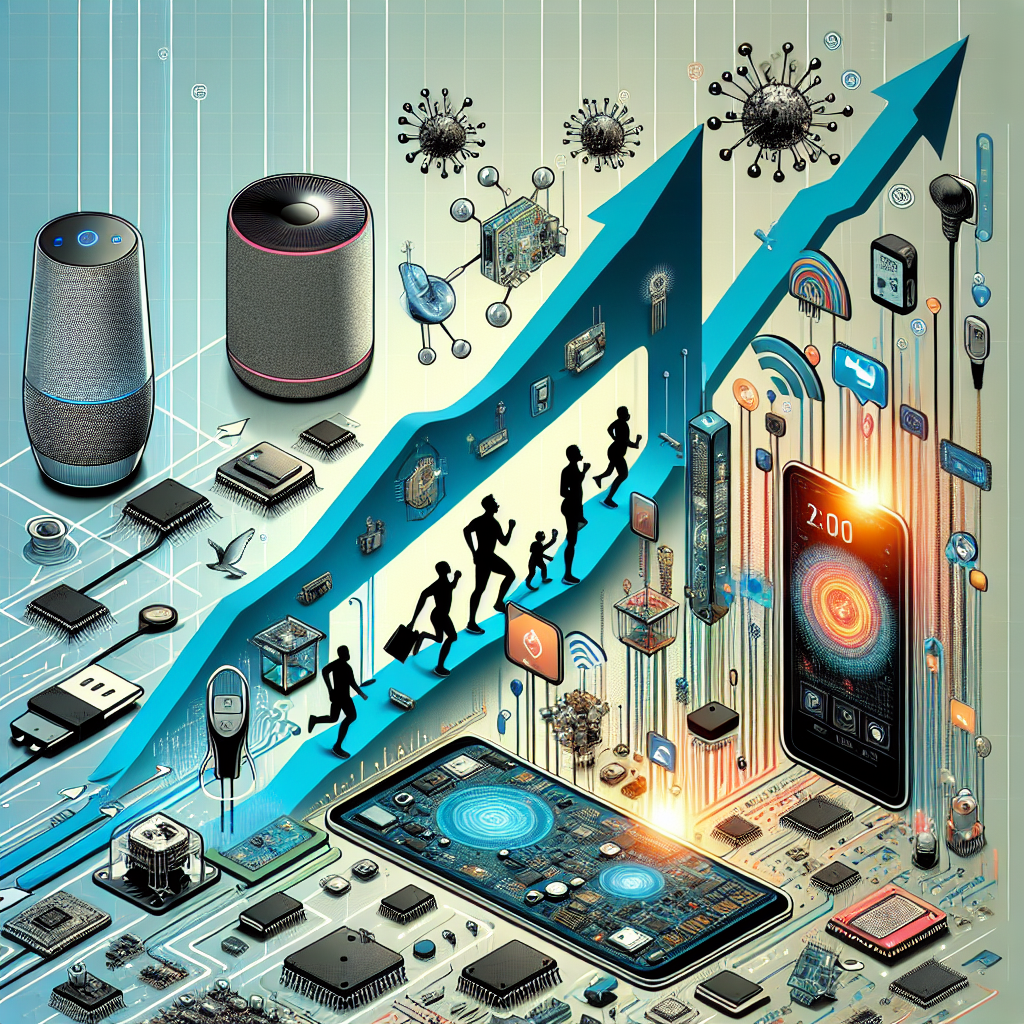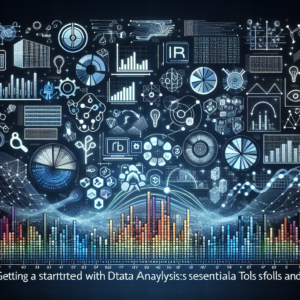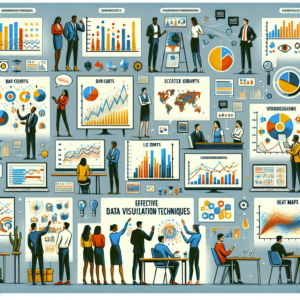In today’s digital age, the Internet of Things (IoT) is revolutionizing our lives in numerous ways. From Smart Home systems to advanced medical care, IoT devices are gaining prominence at an exponential pace. This revolutionary trend is dictated not only by the software that drives these devices but also by the hardware components that underpin them. The ascendancy of IoT devices and their hardware is a fascinating and complex phenomenon that is reshaping our technological landscape.
The Rise of IoT Devices: An Overview
The rise of IoT devices is a testament to our world’s increasing interconnectedness. Over the past decade, we have witnessed an explosive growth of these gadgets, resulting in a multi-billion dollar industry. These devices range from household appliances and security systems to wearables and industrial equipment, all designed to gather and share data in real-time. The ascendancy of IoT devices is not just confined to a specific sector, but is permeating all areas of society, business, and industry.
The expansion of the IoT market is driven by various factors – from growing consumer demand for smart home devices to industries seeking efficiencies through automation and real-time monitoring. The success of IoT devices is also facilitated by advancements in connectivity technologies like 5G, which allows a higher volume of data exchange with lower latency.
However, as the IoT ecosystem grows, so does the complexity of managing these devices. Data security, privacy, interoperability, and device management are some of the challenges that need to be addressed as we move towards a more connected world.
Hardware Developments Shaping IoT Devices
While the growth of IoT devices is impressive, it’s the underlying hardware technologies that are the real game-changers. The miniaturization of components, improvement in battery life, and advancements in sensor technology are key hardware developments that are shaping the future of IoT devices.
Microcontrollers, for instance, have become more powerful and energy-efficient, enabling IoT devices to perform complex tasks while consuming less power. Similarly, advances in sensor technology have made it possible to embed sensors in almost anything, extending the reach and functionality of IoT devices.
Furthermore, the advent of edge computing hardware is enabling processing and analysis of data closer to the source, reducing latency and bandwidth usage. This not only improves the performance of IoT devices but also addresses some of the security and privacy concerns associated with data transmission.
The Interplay Between IoT Devices and Their Hardware
The relationship between IoT devices and their hardware is a symbiotic one. The hardware components drive the capabilities of the devices, and in turn, the requirements of the devices influence the development of new hardware technologies.
For instance, the need for long-lasting battery life in wearable devices has driven advancements in low-power hardware design. Similarly, the demand for real-time data processing in industrial IoT devices has spurred the development of high-performance edge computing hardware.
Moreover, the integration of AI and machine learning algorithms into IoT devices necessitates the development of specialized hardware capable of supporting these complex computations. This interplay is constantly pushing the boundaries of what is technologically possible, paving the way for a new era of innovative IoT devices.
Summary: Understanding the Direction of IoT Devices and Hardware Evolution
The ascendancy of IoT devices and their hardware is a trend that is set to continue as we delve deeper into the digital age. The ongoing advancements in hardware technologies are pivotal in enhancing the functionality and capabilities of IoT devices, thereby driving their adoption across various sectors.
However, as the IoT landscape evolves, it also poses new challenges that need to be addressed. Ensuring data security and privacy, enhancing interoperability, and managing a growing number of devices are issues that will shape the future direction of IoT devices and hardware development.
The symbiotic relationship between IoT devices and their hardware ensures that both will continue to evolve in tandem, with each driving the other’s advancement. This ongoing interplay promises to push the boundaries of technological innovation, heralding an exciting future for the IoT ecosystem.
In conclusion, the ascendancy of IoT devices and their hardware is a transformative trend shaping our world. As we continue to innovate and develop new hardware technologies, we can expect the IoT landscape to evolve accordingly, offering even more advanced and efficient devices. However, with this growth comes an array of challenges that need to be addressed to ensure the sustainable and secure development of the IoT ecosystem. As we navigate this new era, it’s clear that the interplay between IoT devices and their hardware will be a central factor in defining the future of technology.











